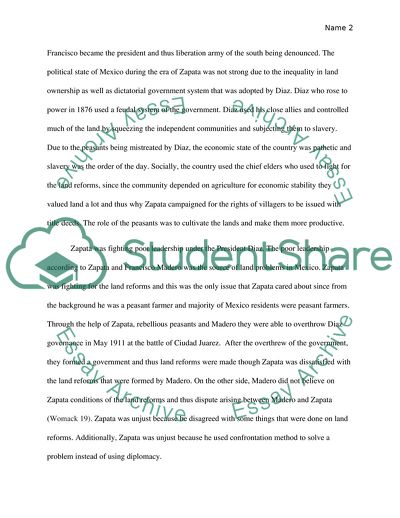Cite this document
(Zapata and Agrarianism Essay Example | Topics and Well Written Essays - 1500 words, n.d.)
Zapata and Agrarianism Essay Example | Topics and Well Written Essays - 1500 words. https://studentshare.org/agriculture/1831209-you-gandhizapata-and-agrarianism
Zapata and Agrarianism Essay Example | Topics and Well Written Essays - 1500 words. https://studentshare.org/agriculture/1831209-you-gandhizapata-and-agrarianism
(Zapata and Agrarianism Essay Example | Topics and Well Written Essays - 1500 Words)
Zapata and Agrarianism Essay Example | Topics and Well Written Essays - 1500 Words. https://studentshare.org/agriculture/1831209-you-gandhizapata-and-agrarianism.
Zapata and Agrarianism Essay Example | Topics and Well Written Essays - 1500 Words. https://studentshare.org/agriculture/1831209-you-gandhizapata-and-agrarianism.
“Zapata and Agrarianism Essay Example | Topics and Well Written Essays - 1500 Words”. https://studentshare.org/agriculture/1831209-you-gandhizapata-and-agrarianism.


